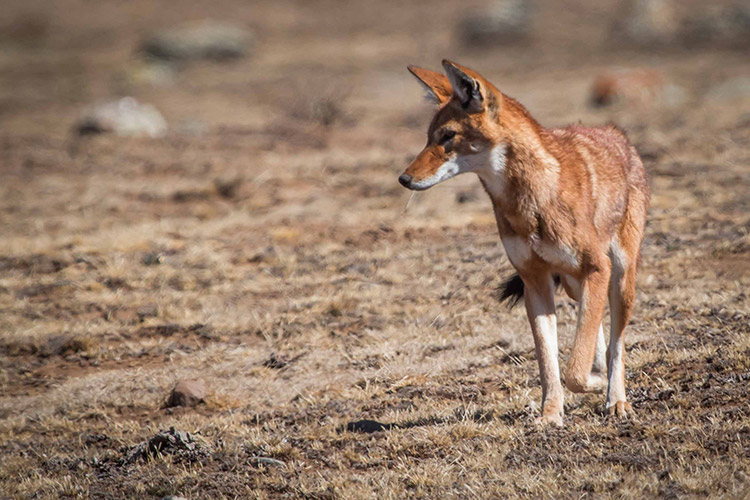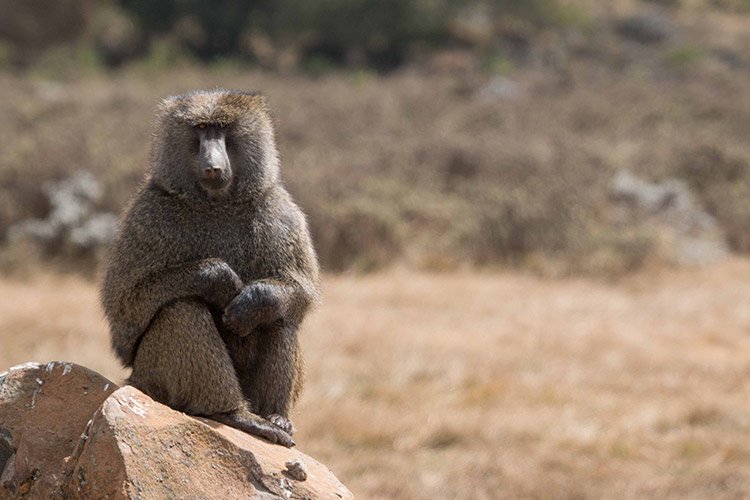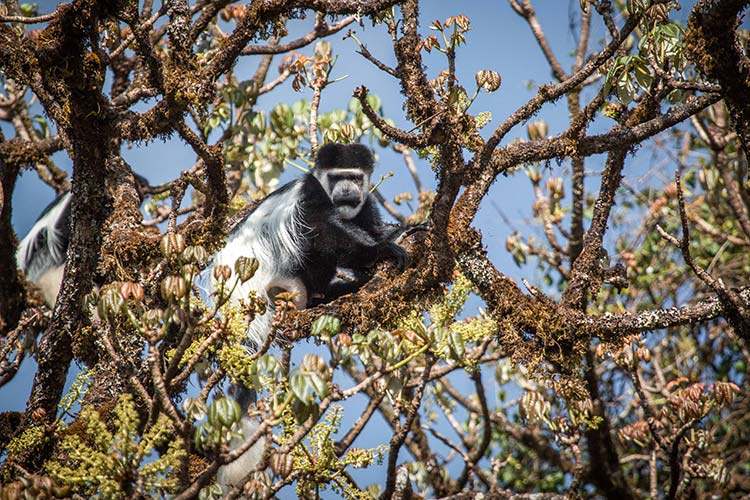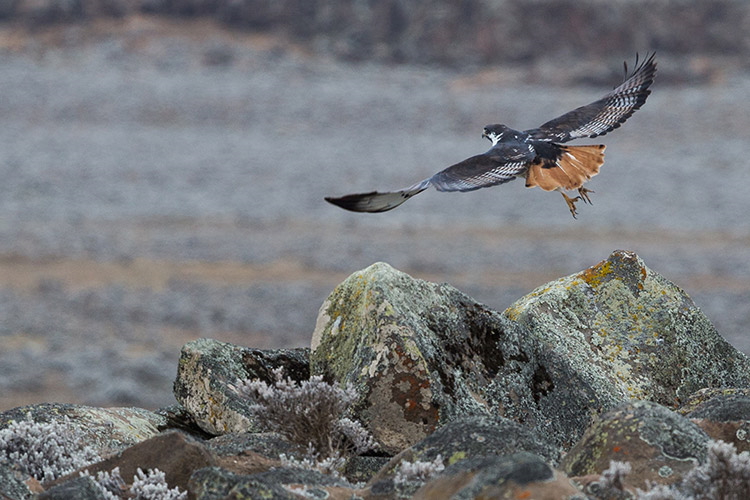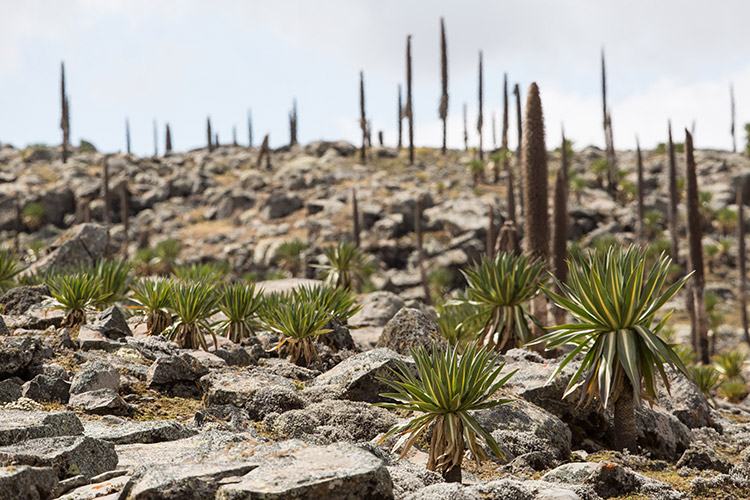Field Journal: Ethiopia Wildlife Expedition 2016, Bale Mountains
Posted by Marco Tonoli
in Africa and Expeditions
Ethiopia is a land of striking contrasts. The north, its deep sense of religious belief, ancient ruins, monolithic churches and medieval castles, is a world apart from what one experiences in the southern reaches of the country. Cutting diagonally through the country lies a huge cleft in the land known as the East African Rift, and while this serves as a significant geological divide in the land, crossing the rift took us into an entirely different world. Having set off from Addis Ababa in our delightfully luxurious Land Cruisers, we travelled down into the low-lying areas of the East African Rift, littered with lakes, both fresh water and saline-rich. On the edges of Lake Langano, the morning calls of Guereza Colobus and complaining Olive Baboons, made us wonder if we were indeed in the same country as 24 hours earlier. Dotted with Acacias and mammoth fig trees, we were soon out exploring the area on foot, searching for the region’s iconic fauna. Standing in a single spot, we shifted our binoculars around in a frenzy to spot all the birdlife around us—Yellow-fronted Parrot, Black-winged Lovebirds, Red-fronted Barbet, White Storks, Superb Starling, Grey-headed Woodpecker, just to name a few. Arriving in camp did not stem the activity. Lazily feeding above us were a small group of the striking Guereza Colobus, with their shaggy white-mantled coat, curiously watching us below them.
Departing the low-lying regions of the Rift Valley, the drive back up onto the plateau is a rapid transition through the altitudinal floral zones. As Acacias thin out we were again amongst the Junipers. The journey up the eastern flank of the Ethiopian Highlands delivered us onto the broadest afro-alpine moorland region in Africa, and into Bale Mountain National Park. The rainfall here is somewhat higher than the Simien Mountains, with small alpine ponds scattered through the land, attracting a variety of endemic species.
A short stop on the Sanetti Plateau had us watching Mountain Nyala and Meneliks Bushbuck, as well as Blue-winged Geese and Rouget’s Rail, as they scampered along the edges of a freshwater lake. Our list of Ethiopian endemics was quickly rising. Our main focus in Bale Mountain National Park was the Ethiopian Wolf, a creature that migrated into Africa during periods of glaciation, and, on reaching the highlands of Ethiopia, discovered an abundance of a new food source, most specifically the Giant Root Rat. The Ethiopian Wolf has evolved into a long-limbed and slim-bodied canid with a long slender snout. Now, in an interglacial period, their habitat has retracted to the extreme highlands of Ethiopia, and with this limited range, encroaching human settlement and the diseases brought in with domestic animals, the Ethiopian Wolf is the rarest canid on Earth and the most endangered in Africa. Knowing these facts, one enters the area with a mere hope of seeing this delightful creature, but the Bale Mountains are home to half of the world’s remaining population. With the Sanetti Plateau inundated with Giant Root Rats, our strategy was simple. Follow the food, and find the wolves. We were out early in the morning, at 12,000 feet, with binoculars scouring the land searching for a glimpse of the rich, red color of the wolf. What we experienced though was truly unexpected. Lying not more than 50 meters from the road was a remarkably relaxed individual that did not seem perturbed by us in any way. In fact, as we patiently sat watching it, it casually stood up and trotted in our direction. Ears trained forward and searching for prey, it gracefully jogged past us, a mere 20 meters away. Cameras firing away, we all left gob smacked at the privilege to be so close to such a rare creature.
Learn more about future Apex Expeditions’ tours led by naturalist, Marco Tonoli, at Ethiopia Wildlife Expeditions.

